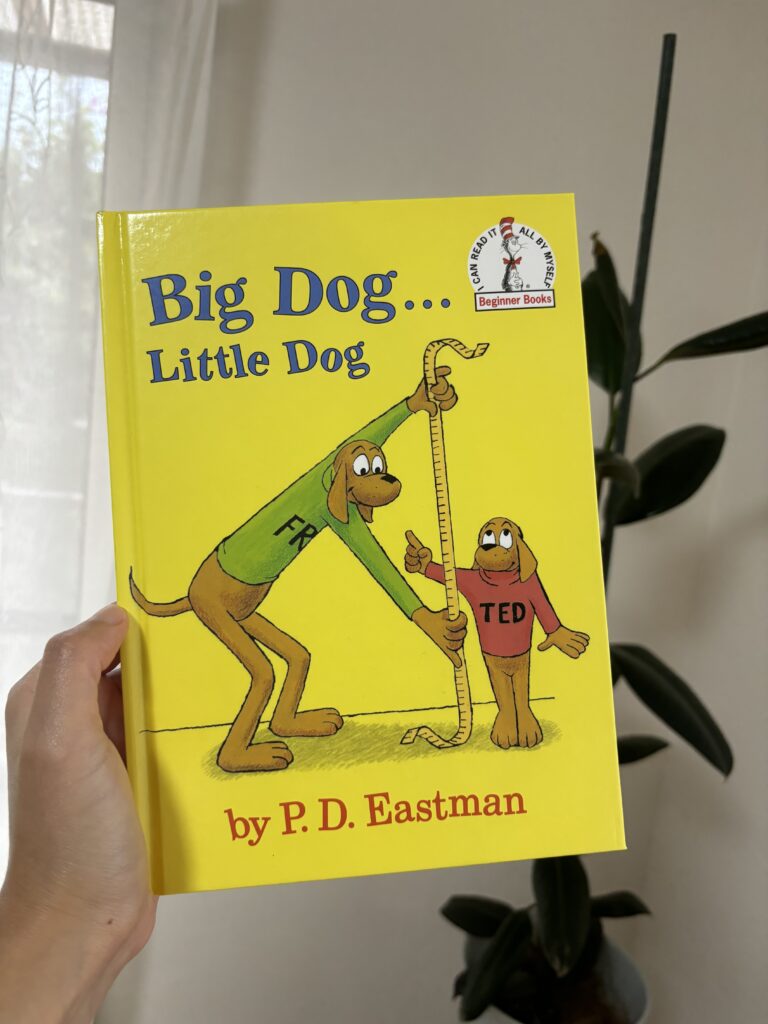Hello Dear Asian-Santa Reader:
Sorry for being off the radar for quite some time. Am still here. Just got a bit distracted by foreign language studies. *yaiks*
“Learning a foreign language” is not that easy. I remember getting headaches and feeling feverish after a series of intesive 3-hour classes. This is why I firmly believe that foreign language is best learned at an early age (if possible)… when our brains are like sponges just sucking every bit of information in.
Let’s now move on to “teaching a foreign language” or just basically teaching in general… I believe that there is a way to design lessons that won’t cause too much stress among learners. I really think people thrive in low-stress, fun and stimulating environments. So again…
(1) low stress environment;
(2) fun-filled activities;
(3) the right amount of scaffold(s); and
(4) the right amount of challenge(s)– at least 4% stimulation.
I myself got my early childhood education in a Montessori school so I don’t have much memory of stress at school. I just remember having prickly heat rash and losing my two front teeth when I was at primary school. But generally, I remember singing a lot of kindergarten songs, being surrounded with wooden blocks that you can put together however you want. I remember having the time to watch my favorite cartoon before going to school which means I had slow mornings when I was kid. Don’t mean to brag. I just want to let you know that this could be as precious as a Christmas present for children. Slow mornings. Please take note.
I heard from my classmate—in that foreign language class I was talking about earlier— that she has this memory of crying several times for having this pressure to finish and perfect her kanji-writing homework almost on a regular basis during her childhood. I can only imagine how much stress she had to deal with in those formative years. We are just chill back in my home country. (Probably because learning kanji isn’t part of the curriculum…) I can’t imagine spending restless nights crying over a kanji writing homework as a kid and then not having a slow morning after. For what are these stresses for?! For me, childhood is all about play… I think adults (parents, educators, administrators, leaders) need to reflect on this. Are we simply passing stress to these kids? Like seriously?
Anyhow, to the nitty-gritty…
Today’s lesson is with an I-Can-Read series titled “Big Dog… Little Dog” by P.D. Eastman. It’s a book that helps the child learn the following:
- Word Focus: “opposites” (e.g. big-little, wet-dry, slow-fast, etc.)
- Meaning Focus: different individuals= different needs
- Thinking Focus: simple problem solving
Purpose (目的): For children to (hopefully) grow as thinkers and/or problem solvers
Autonomy (自主性): For children to practice critical thinking (simple solutions to simple problems)
Progress(進捗): For children to develop a problem-solver attitude as they live their daily lives and beyond
I. PRE-READING
I.A. Phonics
(short i)- big, little, did, in, is, his
(ending g)- big, dog, Pittsburgh, long
I.B. Unlocking Difficult Words
(The list of words may include very easy words. It is because the students need to somehow feel confident knowing that they know some of the words.)
- big-little
- too big-too little
- always-never
- wet-dry
- slow-fast
- cold-warm
- upstairs-downstairs
- uphill-downhill
- tall-small
- both
- ski
- skate
- ate
- went
- used
- walk
- talk
- jumped
- played
- sign
- sleepy
- cozy
I.C. Learning Expressions
1. Good Night
2. Sleep well.
3. It’s ____ for me.
I.D. Experiential Questions
Is there anything you need?
Fill in the sentence.
“It’s ____ for me.”
e.g. money, own bedroom, car, sleeping time, vacation, etc.
I.E. Motivational Question(s)
What do you think does the big dog need? How about the little dog?
Fill in the sentence.
“Maybe, it’s _____ for the big/little dog.”
II. READING
(Read Aloud)
III. POST-READING
III.A. Review answers to motivational Q(s)
III.B. Generalization
(1) We have different needs.
(2) Problems CAN be solved.
III.C. Simple Problem-Solving Activity
Students go back to specific pages of the book to try to figure out whether or not there is a problem and think of a solution for it. If they don’t see any problem, then that should be OK. But if they see one, then it’s a chance to practice how to propose possible solution(s)…
Situation #1: Fred always had money. Ted never had money.
Situation #2: When they walked in the rain, Fred was wet and Ted was dry.
Situation #3: Fred played the flute. Ted played the tuba.
Situation #4: Fred drove his car slowly. Ted drove his car fast.
Situation #5: (Both have dark eye bags for lack of sleep)
Wanna bet on your child’s bright future? Challenge the child with critical thinking and problem solving often. Thank me later. *wink*
Asian Santa
September 25, 2024



コメント